The concept of “software death” might seem dramatic, but the reality is that many applications eventually succumb to a slow, agonizing decline. While seemingly immortal, software, like any living organism, requires constant care and feeding. The primary culprit behind this digital demise is often the relentless burden of software maintenance.
Struggling with software maintenance? Let’s discuss how to keep your application running smoothly
What is Software Maintenance?
Software maintenance encompasses all activities performed after the initial development phase to modify or adapt the application.
This includes:
- Corrective maintenance: Addressing and rectifying bugs and defects to ensure the software functions as intended.
- Adaptive maintenance: Modifying the software to accommodate changes in the operating environment, such as new hardware or software platforms.
- Perfective maintenance: Enhancing the software’s performance, usability, and overall maintainability.
- Preventive maintenance: Implementing proactive measures to improve the software’s future maintainability and reduce the likelihood of future problems.
The Role of Software Maintenance in the Lifecycle of an Application
When you think about an application, it is easy to envision a product that is constantly updated and upgraded with new features. However, this is not the case after an application’s initial development phase. Software maintenance becomes crucial for keeping an application relevant, secure, and operational for its users.
Software maintenance generally encompasses a broad set of activities, including bug fixes, performance tuning, updates, and compliance changes. As an application matures, it requires ongoing monitoring and adjustments to meet the growing needs of users and the evolving technological landscape. Without this process, even the most innovative applications will gradually degrade and become obsolete.
The Different Types of Application Maintenance
Effective application maintenance can be broken down into several categories, each addressing specific aspects of the system’s health. Understanding these categories can help businesses and developers manage the long-term sustainability of their applications:
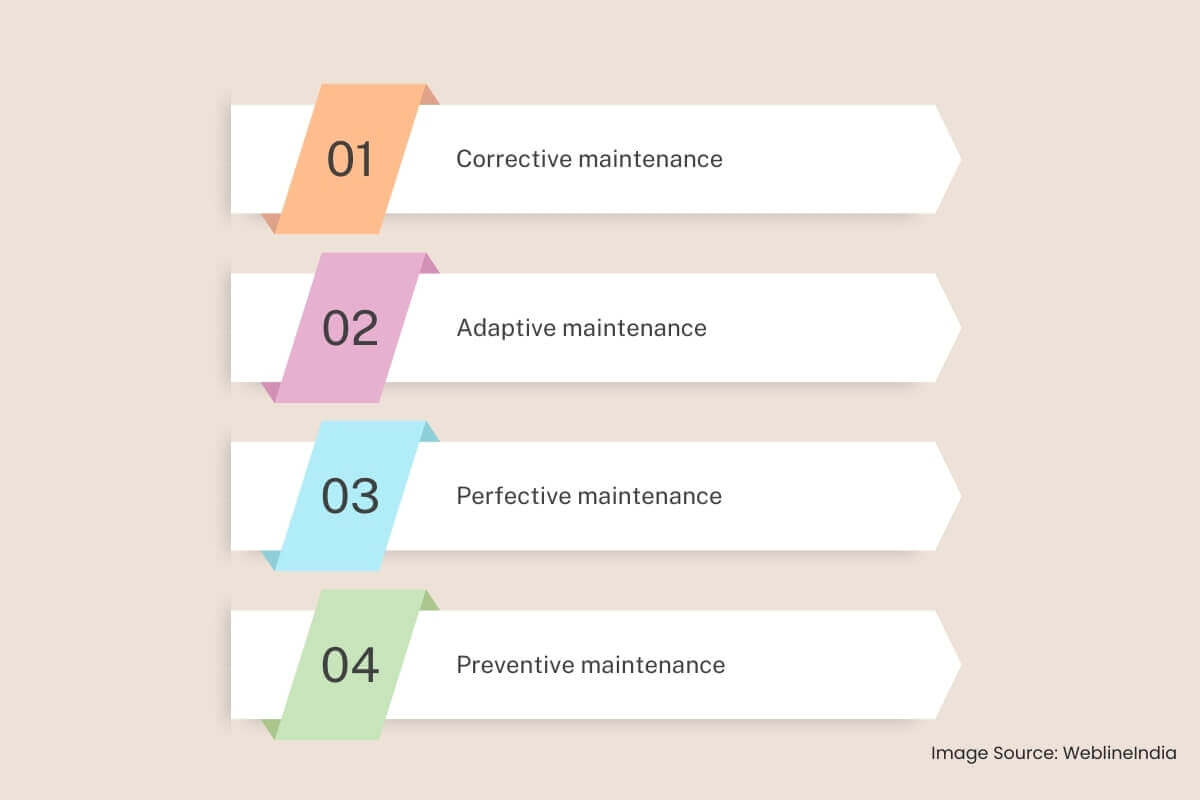
- Corrective maintenance: Fixing bugs or defects that emerge over time.
- Adaptive maintenance: Modifying the application to accommodate changes in the environment, such as OS or hardware updates.
- Perfective maintenance: Enhancing the system to improve performance or add features based on user feedback.
- Preventive maintenance: Proactively addressing potential future issues to avoid system failures.
Each of these categories plays a role in keeping the software functioning, but they also contribute to the idea that an application, once launched, requires ongoing attention and investment.
The Maintenance Trap: A Vicious Cycle
The constant effort devoted to maintenance can become a double-edged sword. As more resources are dedicated to keeping the existing software afloat, the time and energy available for innovation and new development dwindle. This creates a precarious cycle:
- Technical Debt: Over time, software accumulates “technical debt,” a metaphor for design and coding choices that make future modifications more complex and costly.
- Feature Creep: As applications evolve, they tend to accumulate a plethora of features. This increasing complexity can make the software cumbersome, difficult to understand, and ultimately harder to maintain.
- Evolving Requirements: The dynamic nature of business demands and user expectations necessitates continuous adaptation of the software, adding another layer of complexity to the maintenance process.
Is your application stuck in a maintenance cycle? Find out if it’s time for an upgrade.
The Economic Implications of Software Maintenance
The financial burden of software maintenance can be significant, especially when the application has been in use for many years. As the system ages, the cost of maintenance increases, especially when the original development team is no longer available to handle updates.
- Application maintenance involves staffing, tools, testing, and support, all of which add to the cost.
- If the application is complex, it may require specialized knowledge or expertise to update certain components, further driving up the cost.
This growing financial strain can sometimes prompt organizations to consider abandoning the application and migrating to newer solutions or frameworks.
Avoiding the Inevitable: Strategies for Longevity
While complete avoidance of maintenance is impossible, organizations can implement strategies to mitigate its negative impact and ensure the longevity of their software investments:
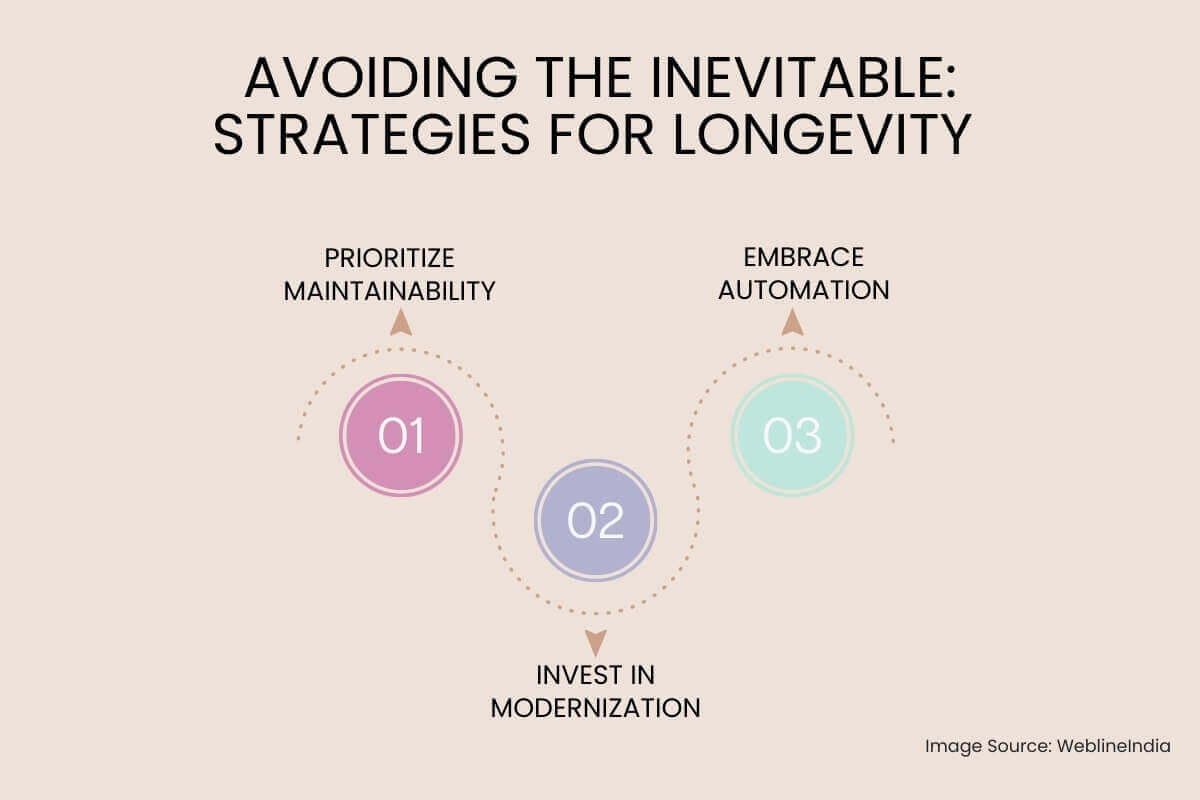
Prioritize Maintainability
Design and development should prioritize maintainability from the very beginning. This involves:
- Writing clear, concise, and well-documented code.
- Adhering to established coding standards and best practices.
- Employing modular design principles to enhance flexibility and reduce interdependencies.
Embrace Automation
Automating as many maintenance tasks as possible can significantly improve efficiency and reduce the burden on developers. This includes:
- Automated testing procedures (unit tests, integration tests, etc.)
- Continuous integration and continuous delivery (CI/CD) pipelines
- Robust monitoring and alerting systems to proactively identify and address issues.
Invest in Modernization
Regularly modernizing the software to leverage new technologies and improve its maintainability is crucial. This may involve:
- Refactoring code to enhance its structure and readability.
- Migrating to newer, more modern platforms and technologies.
- Adopting a microservices architecture to improve scalability and maintainability.
The Lifespan of an Application: Does Maintenance Mark Its Decline?
For many businesses, the shift to software maintenance can signal the beginning of an application’s end. Once a system has been outgrown or is no longer able to adapt to new technologies, it often enters a phase where maintenance is no longer a viable solution. This may lead to a slow and steady decline in performance, security, and user satisfaction.
But does this mean software maintenance should be seen as a death sentence for an application? Not at all. It’s the beginning!
The Case for Sustainable Application Maintenance
Rather than treating maintenance as a necessary evil or the sign of an application’s eventual demise, it can be viewed as an ongoing investment in longevity. Regular updates and application maintenance ensure that the software remains aligned with user expectations, security protocols, and new technological advancements.
Organizations that view maintenance as part of the lifecycle, rather than an afterthought, are more likely to find success in sustaining their software for the long haul. Emphasizing maintenance can lead to:
- Improved user experience: Regular updates can address user concerns and introduce new features.
- Enhanced security: Software maintenance helps ensure that the system stays secure by patching vulnerabilities as they arise.
- Longer lifespan: Properly maintained applications can stay relevant and functional for much longer than those that are ignored after deployment.
The Future of Software Maintenance: Emerging Trends
The future of software maintenance holds exciting possibilities:
- Artificial Intelligence (AI) and Machine Learning (ML): AI and ML can be leveraged to automate many aspects of maintenance, such as bug prediction, automated code repair, and performance optimization.
- Low-code/No-code Platforms: These platforms empower citizen developers to make minor modifications to applications, reducing the reliance on professional developers for certain tasks.
- Serverless Computing: Serverless computing can simplify application management and significantly reduce the need for traditional infrastructure maintenance.
So, is Software Maintenance the Inevitable End for Applications?
Application maintenance should not be seen as a sign of decline but as a critical component of long-term software sustainability. With the right strategies in place, even legacy systems can thrive for years to come. So, is maintenance the death of software? Only if it is neglected. Otherwise, it can be the key to keeping applications alive and evolving for as long as they remain useful. If you get a professional software maintenance company, you have a surefire process to ensure your business applications meet user needs, remain secure, and integrate new technologies.
WeblineIndia is a renowned IT agency offshore that helps you build quality business applications and also offers software maintenance services to keep your digital product up and running. This way, your business stands competitive and satiates to ever-evolving user and market demands.
Social Hashtags
#SoftwareMaintenance #TechSupport #AppDevelopment #DigitalTransformation #SoftwareLifecycle #BusinessGrowth
Still unsure about software maintenance? Talk to our experts today.
Frequently Asked Questions
Testimonials: Hear It Straight From Our Global Clients
Our development processes delivers dynamic solutions to tackle business challenges, optimize costs, and drive digital transformation. Expert-backed solutions enhance client retention and online presence, with proven success stories highlighting real-world problem-solving through innovative applications. Our esteemed Worldwide clients just experienced it.
Awards and Recognitions
While delighted clients are our greatest motivation, industry recognition holds significant value. WeblineIndia has consistently led in technology, with awards and accolades reaffirming our excellence.
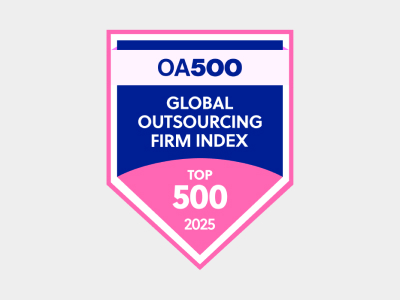
OA500 Global Outsourcing Firms 2025, by Outsource Accelerator

Top Software Development Company, by GoodFirms
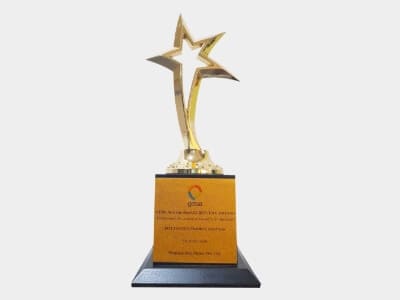
BEST FINTECH PRODUCT SOLUTION COMPANY - 2022, by GESIA
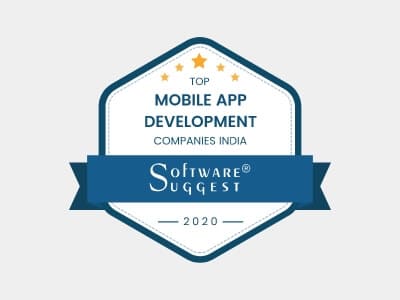
Awarded as - TOP APP DEVELOPMENT COMPANY IN INDIA of the YEAR 2020, by SoftwareSuggest